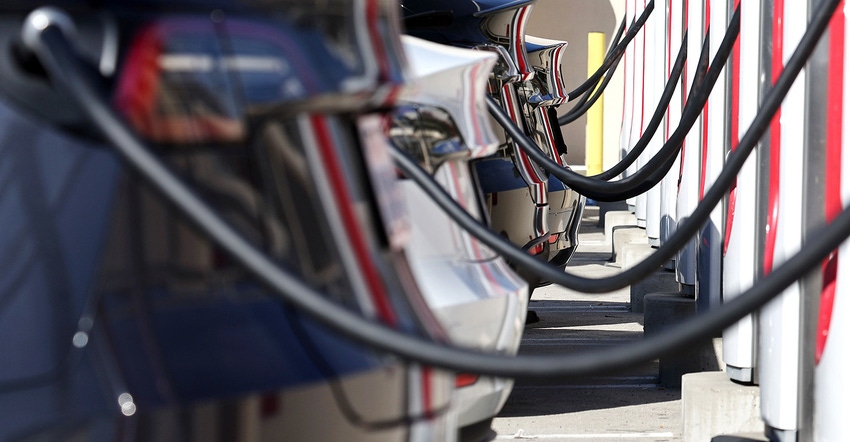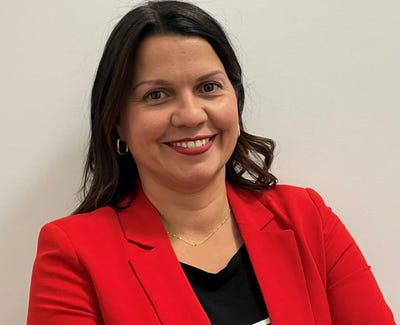Stellantis Embraces NACS Connector: Final Major Auto OEM
Stellantis's move to the SAE J3400 connector signifies standardized EV charging, offering potential compatibility benefits for all brands.

Adopting standardized charging protocols in the electric vehicle (EV) industry marks a significant shift towards interoperability and convenience for EV owners. Stellantis's recent decision to embrace the SAE J3400 connector—an EV charging connector standard based on the North American Charging Standard (NACS) connector—aligning with emerging industry standards reflects this broader trend. It signals a shift in EV charging infrastructure.
“Customers win when the industry aligns on open standards. We are happy to announce our backing and adoption of the SAE J3400 connector, a milestone for all customers on the path to open and seamless charging,” said Ricardo Stamatti, Stellantis SVP of global energy & charging. “Our Dare Forward 2030 strategic plan puts customers at the center of open interoperability and freedom of mobility for all. This future will be amplified by IONNA, our public charging joint venture with six other OEMs that will deliver industry-leading high-powered charging for all battery-electric vehicles regardless of brand.”
For years, one of the challenges facing EV adoption has been the lack of standardized charging protocols. Various automakers have developed proprietary charging solutions, leading to fragmentation in the market and complicating the charging experience for consumers. Stellantis's move to adopt the SAE J3400 connector signifies a departure from this trend, as it joins other industry players in embracing a common standard.
The Joint Office of Energy and Transportation also states: “Most EV models entering the market today charge using the CCS1 connector, but many vehicle manufacturers have made commitments to incorporate the J3400 connector beginning in 2025. These companies have also indicated that they will provide J3400 adapters to owners of CCS vehicles beginning in 2024.”
This shift towards standardization has several implications for the EV ecosystem.
It fosters increased compatibility among different EV models and charging stations. With a standardized connector, EV owners no longer need to worry about whether their vehicle is compatible with a particular charging station or adapter. This streamlines the charging process and enhances convenience for consumers, ultimately encouraging greater EV adoption.
Standardized charging protocols facilitate the development of a robust charging infrastructure. By adopting a common standard, automakers and charging station operators can more efficiently deploy charging stations and allocate resources. This, in turn, accelerates the expansion of the charging network, making EV ownership more practical and accessible for a broader range of consumers.
Standardized charging protocols promote competition and innovation in the EV market. With a level playing field established by common standards, automakers can focus on improving other aspects of their EV offerings, such as range, performance, and affordability. Likewise, charging station operators can concentrate on enhancing the user experience and expanding the network coverage rather than developing proprietary solutions.
Even though Stellantis doesn't explicitly state it, the standardization of NACS as J3400 ensures that any EV brand can potentially use Tesla's Superchargers across America, provided Tesla allows it. Stellantis's decision to embrace the SAE J3400 connector reflects a broader industry-wide shift towards standardized charging protocols. This move holds the promise of increased compatibility and convenience for EV owners while also facilitating the growth of the charging infrastructure and driving further innovation in the EV market. As more automakers follow suit and embrace common standards, the future of electric mobility looks increasingly promising.
About the Author(s)
You May Also Like





